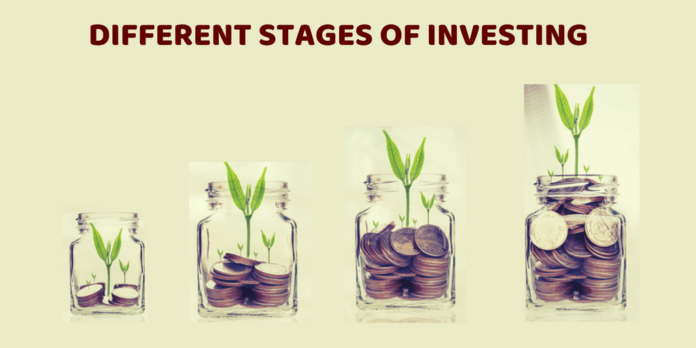Trained experts offering investment compliance solutions understand that investments in ethics and compliance programs come with trends. Like many other things, they recognize that interest and investments in compliance follow a cycle. Understanding this investment compliance cycle helps an organization identify its standing and predict its future position. According to experts in the field, an investment compliance cycle has four different stages. We will talk about them in detail in the following sections.
Stage 1: Initiating the Compliance Investment with Low Attention
The first stage starts with a company that does not have a compliance program. Even if it did before, it has stopped investments in it now. Such companies have no idea how crucial investment compliance is or often take it as a secondary necessity. They only take help from legal departments when they need to handle compliance.
Stage 2: Realizing the Significance of Heavy Investment Compliance
A company that does not take compliance investment seriously often ends up in a crisis. Once this happens, the company’s management team becomes aware of its unethical conduct or fraud. Knowingly or unknowingly, the company violated the sanction rules, which it has to pay for now. As a result, the company has to spend considerable amounts on law firms and consultants trying to fight against the evils lurking around the corners.
Stage two begins as the organization realizes the significance of investment compliance. With heightened awareness due to its past experience, it starts using compliance at high-level meetings and investing heavily in compliance to prepare itself for the worst.
Stage 3: Achieving Stability
As the company realizes the significance of ethics and compliance after tackling the immediate crisis, it builds a stable program with a fixed budget dedicated towards investment compliance solutions. They start taking the need for additional funds seriously with due consideration.
Stage 4: Non-Compliance
Over time, the management team starts ignoring the compliance program in place. The management team might have changed, or the employees might have started feeling weary with the compliance program in place. Sometimes, compliance team members may have become sick of getting lectures about compliance.
This stage is the most dangerous of all the phases involved because people who have become non-compliant start de-investing knowingly. They stop paying for compliance training, allocating budgets, and calling high-level meetings. The management team starts focusing on other priorities and loses momentum. Compliance takes the backseat behind HR programs, charities, and other activities.
Reviving the Investment Compliance
Stage four leads to reappearing of the first stage with low ethics and compliance investment. A problem occurs again, after which stage two begins, and the company starts re-investing in investment compliance solutions. Once a company understands this investment compliance cycle, it recognizes its current standing and reruns its course.
Since it is a traditional cycle every organization has to follow, corporations must improve their management to gain better control. For any company, consistently investing in ethics and compliance on a regular basis, on priority, protects it against non-compliance and saves money and resources. A compliant management team develops an ethical and value-based culture within the organization. It must portfolio monitoring its compliance, never forget about it, and consider long-term compliance investments.
Once a company understands its position in the cycle, it knows that it will run all over again inevitably. Being in stage one or four should not discourage the management team, while stage two should not make them overwhelmed. While it knows that stage four will come after stage three, the team can stay prepared for it and avoid it with stricter ethics and compliance rules. Riding the investment compliance cycle can be challenging, but knowing them beforehand can prepare a company for the upcoming situations.
The company’s assets are critical to its overall earning potential, business profitability, and financial strength. Understating the significance of investment compliance is never in the best interest of a company’s management team. It involves giving timely access to the compliance tools to the right users. The cycle starts on the first day of onboarding and continues throughout the company’s lifetime until it moves on and revokes access. Due to manual handling, compliance investment used to be a risky, time-consuming, and burdensome process. However, Leveraged Finance Investment Banking available today keep compliance under strict scrutiny automatically. It provides visibility into the proper use of information to keep sensitive data protected.

